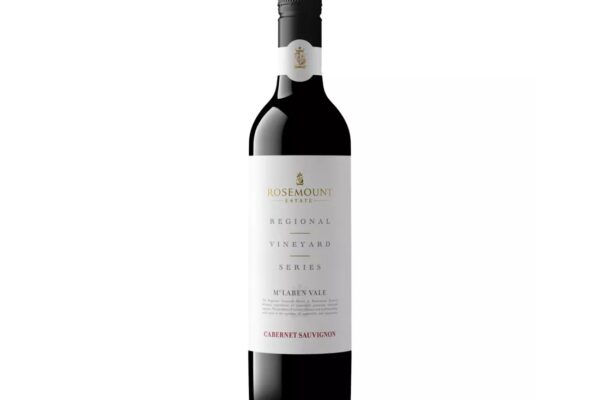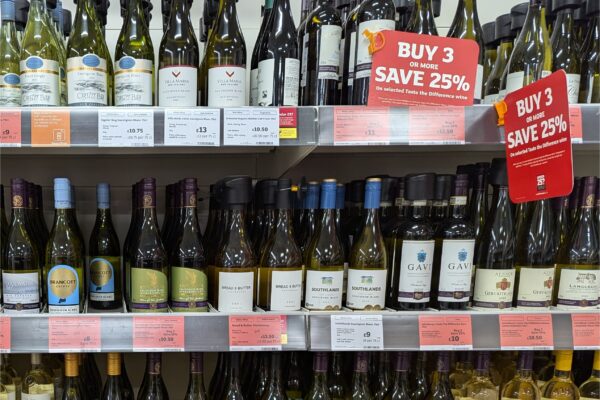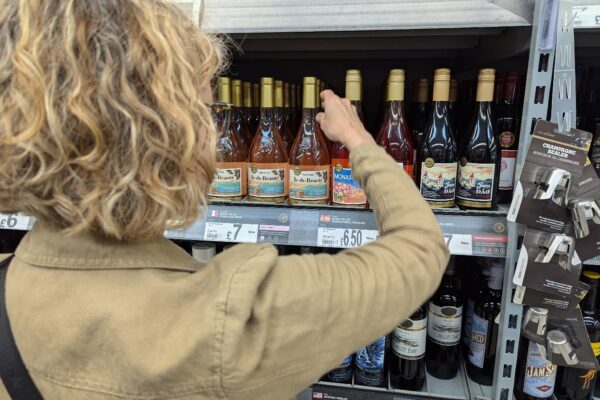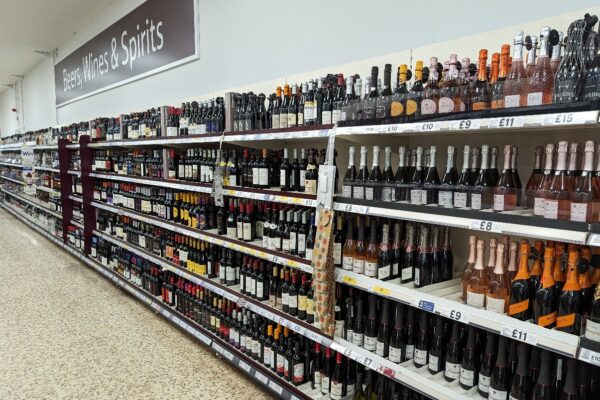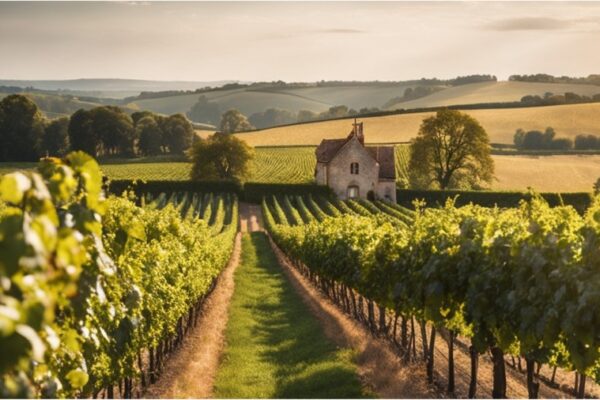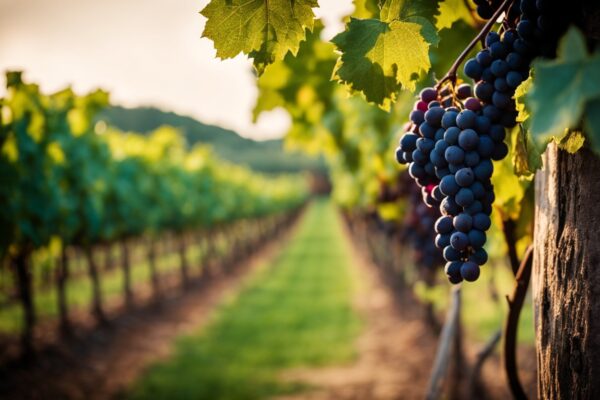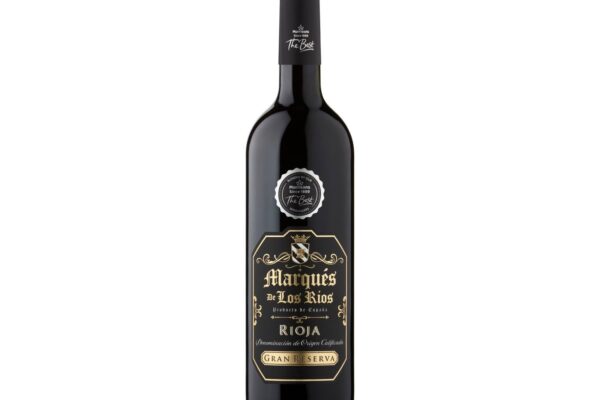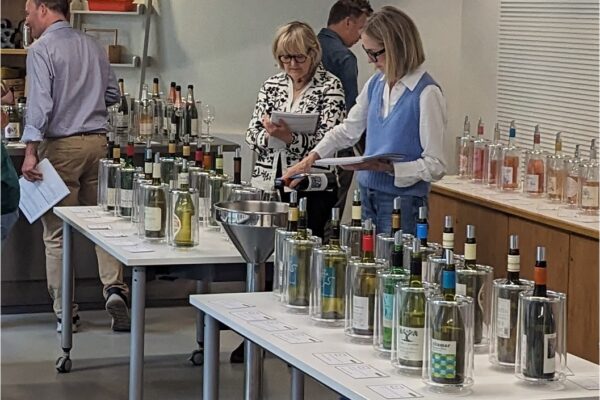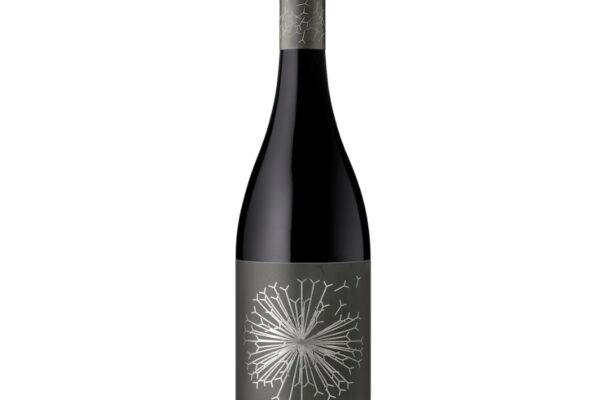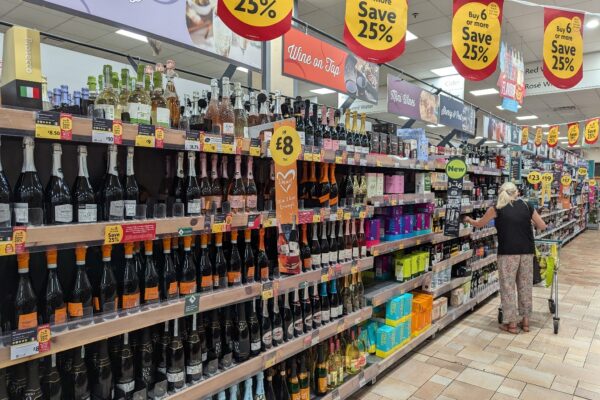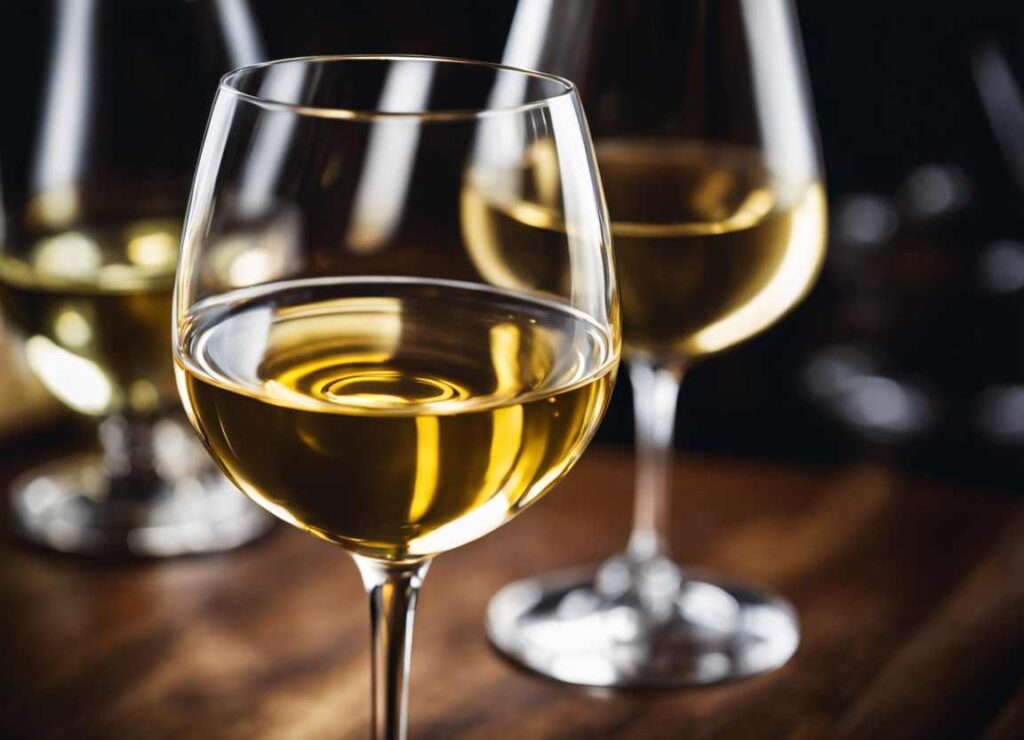
WineMag has an informative article by Jamie Goode, who wrote the Wine Science book, that looks into wine scores. Jamie notes a significant expansion in the wine criticism landscape, with numerous critics adopting the 100-point scale, except for a few like Jancis Robinson who opted for a 20-point scale. However, Jamie observes a narrowing in the scoring range over time, suggesting that what once required a wine to be decent to score 85, now such a score could be given to significantly lesser quality wines. He remarks on the inflation of scores, where what was once celebrated as a 90 is now seen as nearly failing, with 95 becoming the new standard for excellence.
Jamie critically views this score inflation as diminishing the scale’s usefulness, highlighting the problematic nature of a competitive scoring environment where critics may feel pressured to award higher scores to gain favor with wineries. This scenario leads to a loss of differentiation among scores, making it challenging for consumers to navigate the wine market effectively.
Reflecting on the broader implications, Jamie expresses concern that wine criticism is increasingly trade-focused, with critics prioritising financial gain over providing genuine guidance to consumers. He argues that this shift compromises the integrity of wine media and diminishes its value to both consumers and wineries.
The article concludes with a reflection on the sustainability of the current wine scoring system and questions its future relevance, suggesting a need for a return to honesty, restraint and long-term vision within the wine media to preserve its credibility and utility for consumers.






